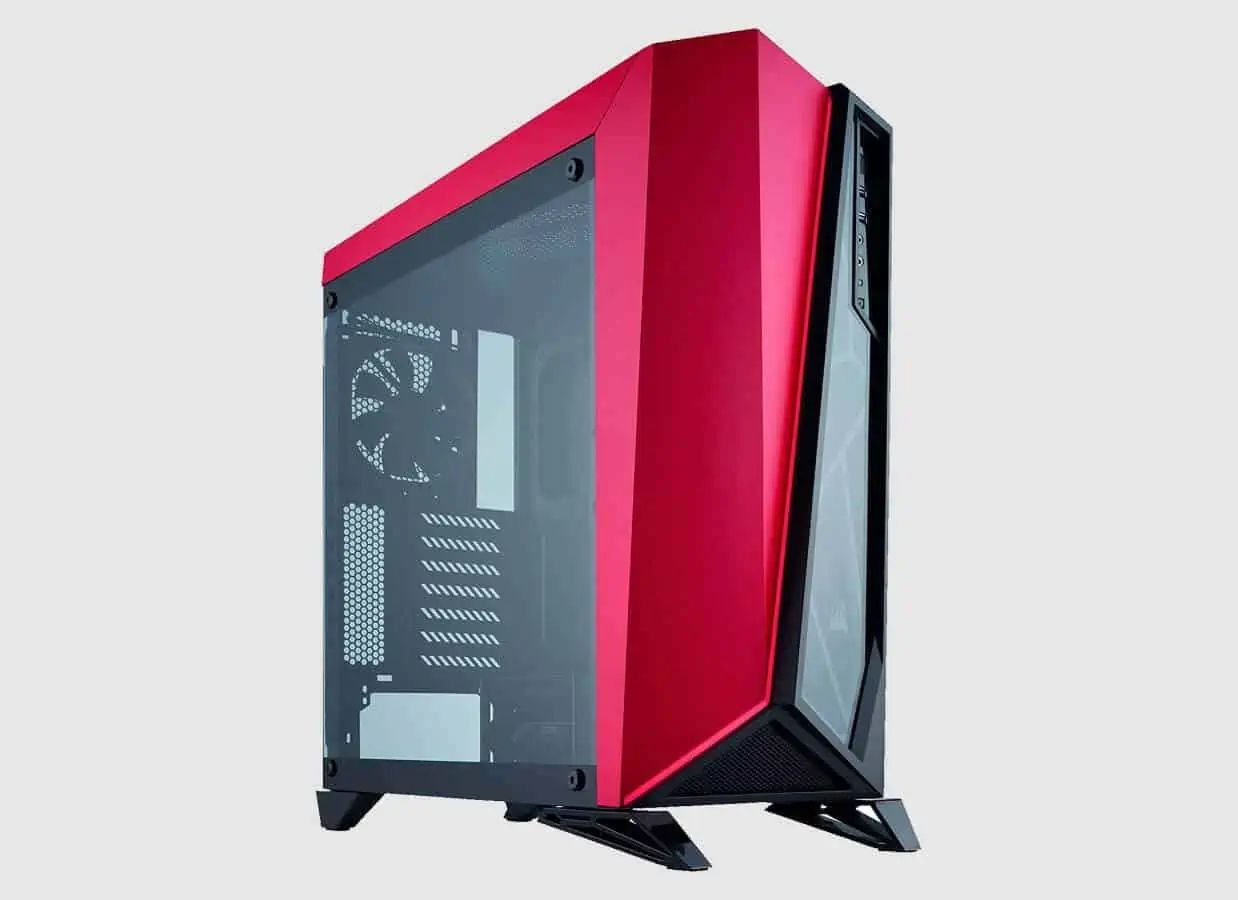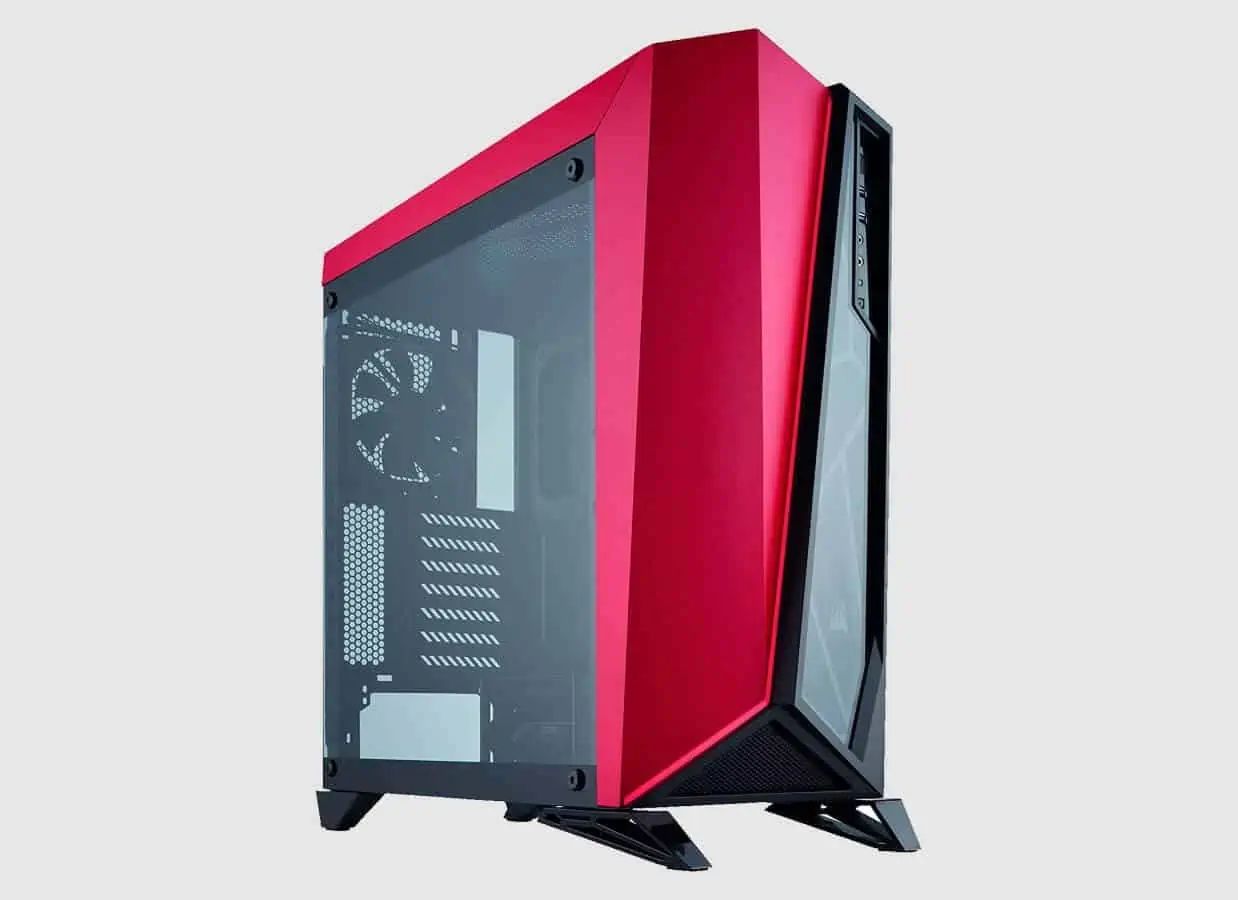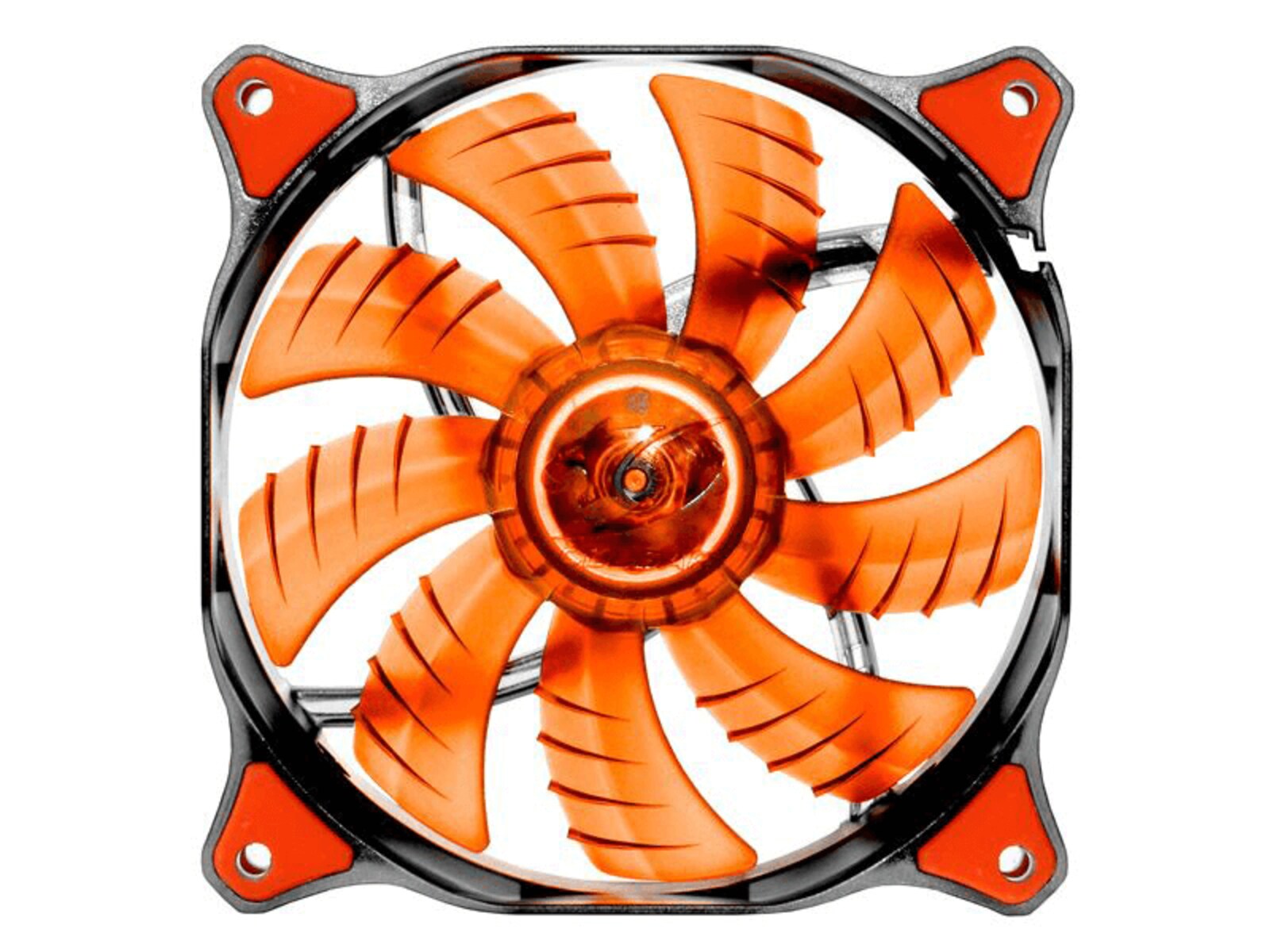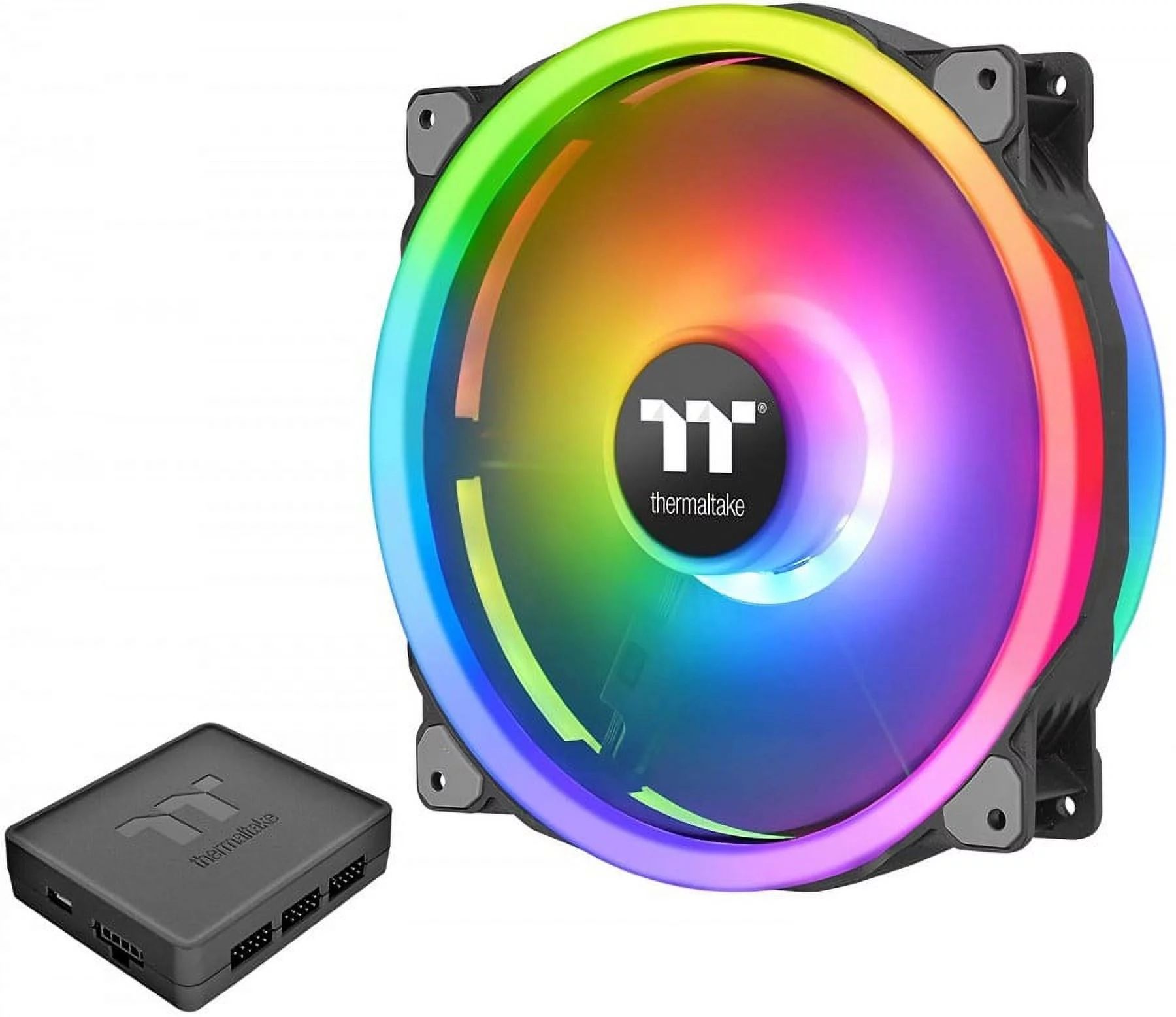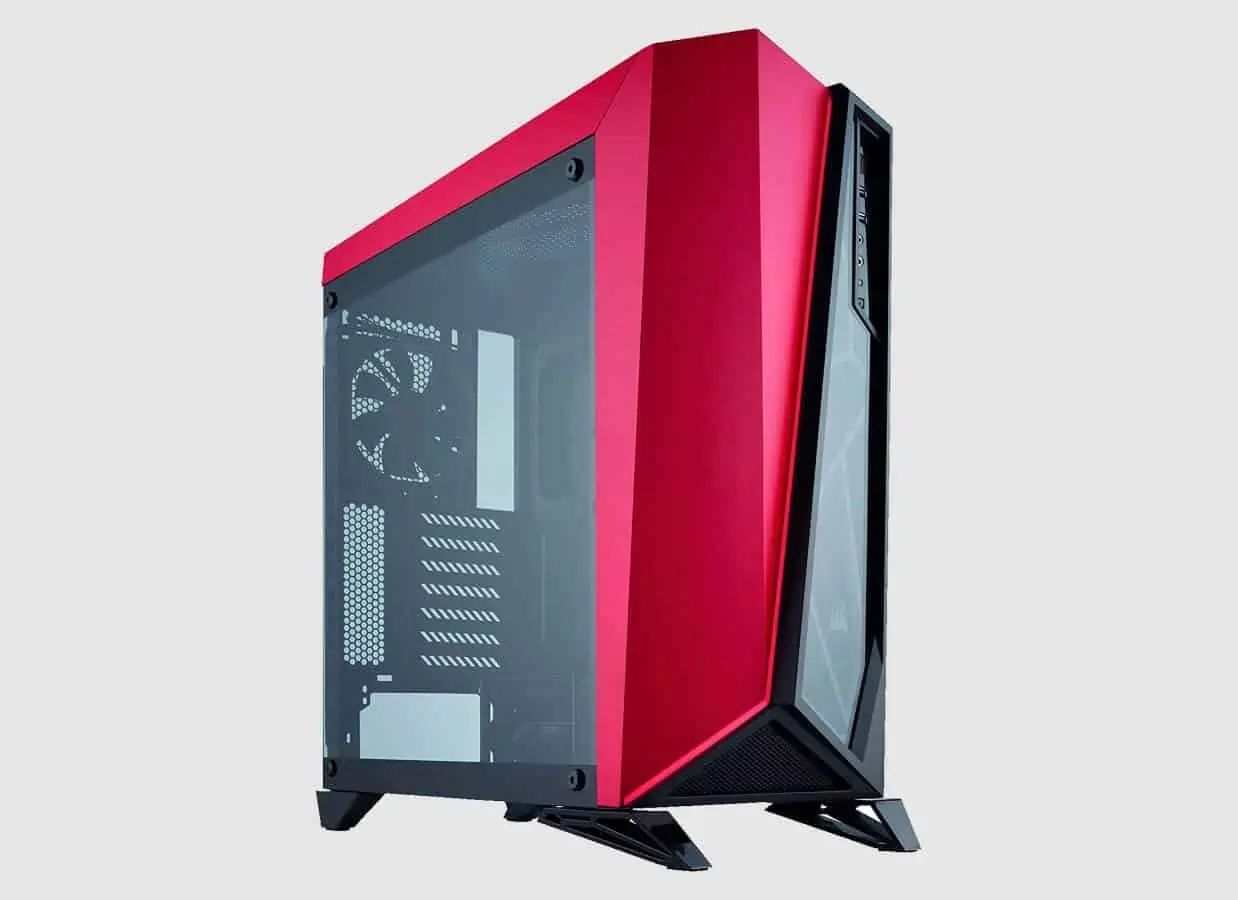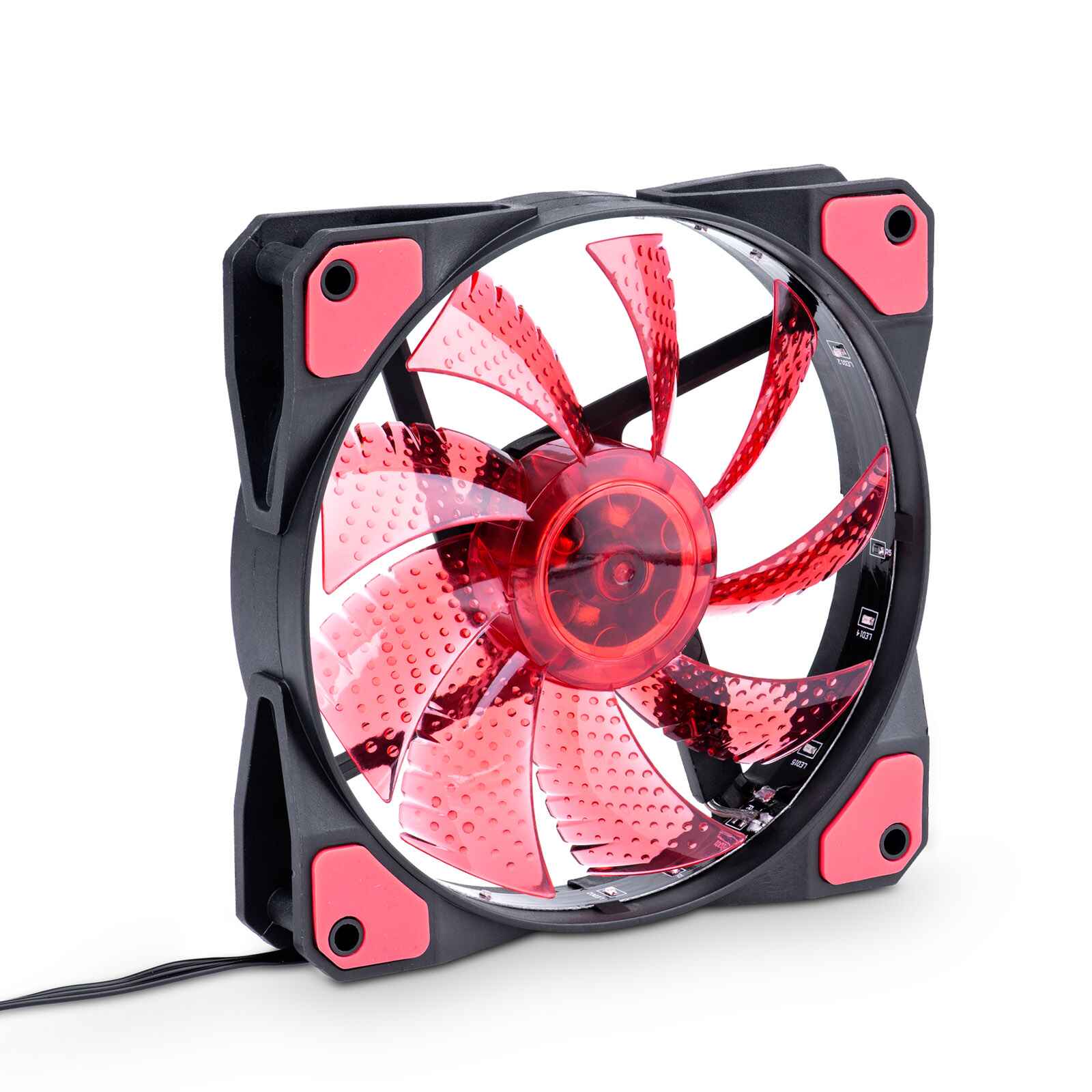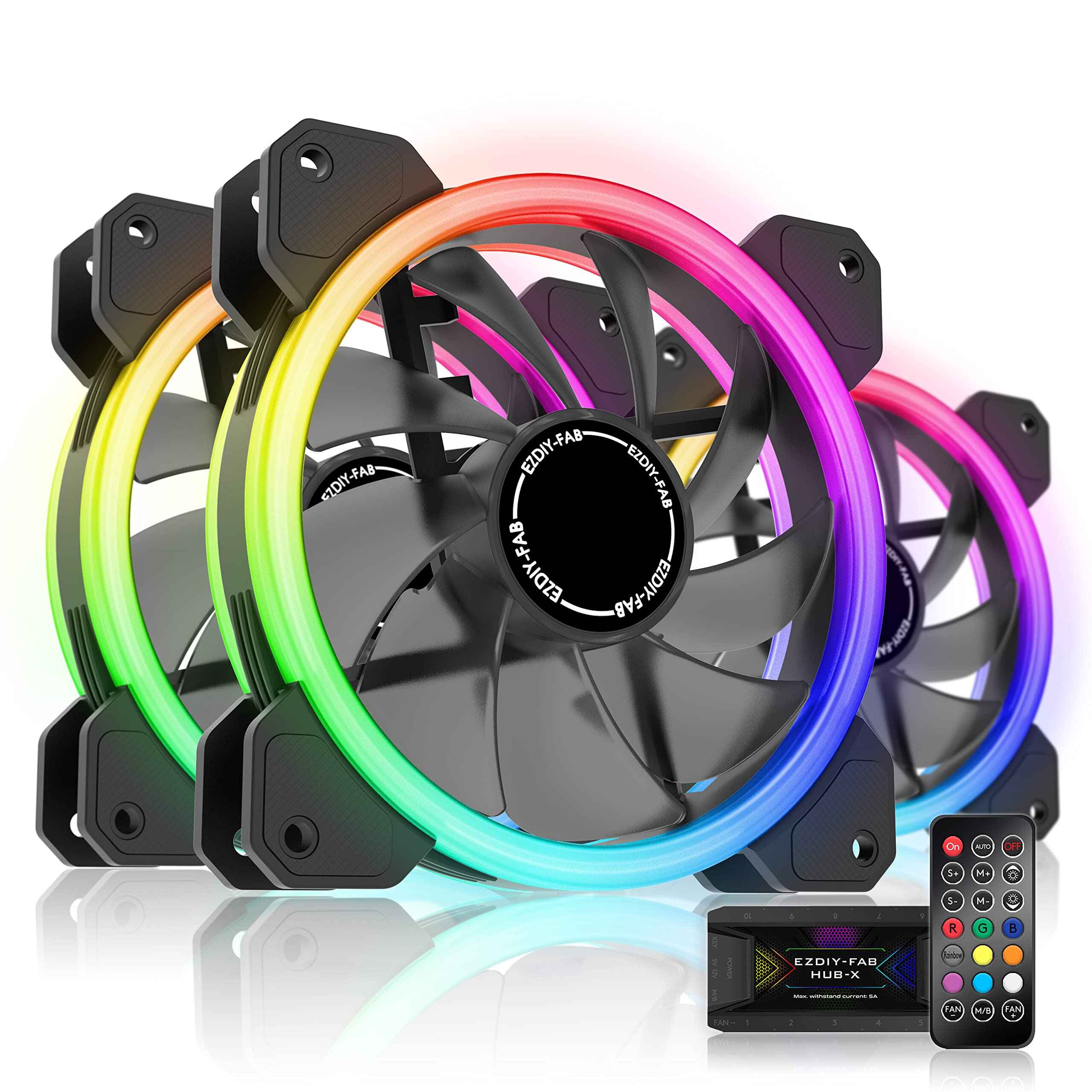Introduction
Welcome to the world of computers and technology, where every component plays a crucial role in the proper functioning of your PC. One such component is the PC case, which not only houses all the internal hardware but also provides protection and support. If you’ve ever noticed a red light on your PC case, you might be wondering what it signifies and whether it’s a cause for concern.
The red light on a PC case can be an indicator of various issues, ranging from simple to complex. It serves as a visual cue to alert you that something may not be functioning as intended. Ignoring this light can potentially lead to further problems with your system. However, there’s no need to panic just yet! In this article, we will explore the reasons why the red light on your PC case is on and provide you with troubleshooting steps to identify and resolve the issue.
It’s important to note that the exact meaning of the red light can vary depending on the manufacturer and model of your PC case. Therefore, it’s always advisable to refer to the user manual or documentation provided with your specific case for accurate information. However, we will discuss some common causes for the red light to help you get started in narrowing down the problem.
So, if you’re ready to dive into the world of PC casess and unravel the mystery of the red light, let’s move on to the next section where we’ll explore what the red light on a PC case actually signifies.
What Is the Red Light on PC Case?
The red light on a PC case is an indicator that signals a specific condition or event occurring within your computer system. It acts as a visual notification to alert you to potential issues that require your attention. The meaning of the red light can vary depending on the manufacturer and model of your PC case, but here are some common interpretations:
- System Error: In some cases, a red light on the PC case can indicate a critical system error. This could be caused by hardware malfunctions, overheating, or incompatible components. It’s essential to address these errors promptly to prevent further damage to your system.
- Hard Drive Activity: On certain PC cases, the red light may be a hard drive activity indicator. It blinks or stays continuously lit when the hard drive is being accessed or experiencing read/write operations. This can help you monitor the activity of your hard drive and determine if it’s performing optimally.
- Fan Failure: Another possible interpretation for the red light is a fan failure. Many PC cases have integrated fans to cool down the internal components. When a fan fails or malfunctions, it can lead to overheating and potential damage to your system. The red light acts as a warning to address the fan issue promptly.
- Power Supply Issue: A red light on the PC case could also indicate a problem with the power supply unit (PSU). This might include issues such as inadequate power delivery, a faulty PSU, or an incorrect power supply connection. It’s crucial to address these issues to ensure stable and reliable power flow to your system.
Remember that these interpretations are not exhaustive, and the specific meaning may vary depending on your PC case model. It’s always best to consult the user manual or contact the manufacturer for precise information regarding the red light indicator.
Now that we have a general understanding of what the red light on a PC case signifies, let’s delve into the common causes that can trigger the appearance of this warning light in the next section.
Why Is the Red Light On?
Seeing a red light on your PC case can be a little alarming, but there’s no need to panic just yet. There are several reasons why the red light may be on, each indicating a different issue or event happening within your computer system. Let’s explore some common causes behind the appearance of the red light:
- Overheating: One of the most common reasons for a red light on the PC case is overheating. When your computer’s internal components, such as the CPU or GPU, reach high temperatures, the red light can indicate that the system needs cooling. This could be due to a malfunctioning fan, insufficient airflow, or excessive workload.
- Hardware Failure: A red light may also be a signal of hardware failure, such as a faulty RAM module or a malfunctioning hard drive. Hardware issues can disrupt the normal operation of your computer and trigger the appearance of the red light as a warning sign.
- Power Supply Problems: If there’s an issue with your power supply unit (PSU), it can lead to the red light coming on. Insufficient power delivery, a damaged PSU, or a loose power connection can all be potential causes for this indication.
- System Errors or Alerts: In some cases, the red light may indicate system errors or alerts. These errors can range from software conflicts to device driver issues. It’s important to investigate the specific error code or message associated with the red light to identify and resolve the underlying problem.
- Customizable Lighting: Not all red lights on a PC case indicate a problem. Many modern computer cases come with customizable RGB lighting options, allowing users to personalize the color scheme, including red. If you have intentionally configured your PC case to have a red light, there is likely no cause for concern.
It’s crucial to identify the specific cause of the red light to address and resolve the underlying issue effectively. Consider consulting the user manual for your PC case, checking hardware connections, monitoring temperatures, and updating software and drivers as necessary.
In the next section, we will dive into troubleshooting steps to help you pinpoint the exact cause of the red light and provide solutions to rectify the issue.
Common Causes of the Red Light
When a red light appears on your PC case, it’s essential to understand the common causes behind it. By identifying the root cause, you can take appropriate steps to troubleshoot and resolve the issue. Here are some frequent culprits associated with the red light on a PC case:
- Overheating: As mentioned earlier, overheating is a leading cause of the red light. It can occur due to inadequate airflow, malfunctioning cooling fans, or heavy workloads. High temperatures can affect the performance and longevity of your system, so it’s crucial to address this issue promptly.
- Power Supply Issues: Problems with the power supply unit (PSU) can trigger the red light on a PC case. Insufficient power output, faulty cables, or loose connections can result in unstable power flow. In such cases, it’s advisable to double-check the PSU connections and consider upgrading to a more robust power supply if necessary.
- Hardware Malfunctions: Faulty hardware components can also lead to the appearance of the red light. A malfunctioning RAM module, a faulty graphics card, or a defective hard drive can disrupt the normal functioning of your computer system. Inspecting and testing individual hardware components can help identify and replace any faulty parts.
- Software Errors: Software conflicts, outdated drivers, or incompatible programs can also contribute to the red light on a PC case. These issues can cause system errors, interruptions, and frequent crashes. Updating your operating system, drivers, and regularly performing software maintenance can help resolve these software-related causes.
- Custom Lighting: In some instances, the red light on a PC case may have been intentionally configured as part of the customizable RGB lighting options. If you have set the red color intentionally, without experiencing any issues, there’s likely no cause for concern.
Remember, these causes are not exhaustive, and the specific reason for the red light may vary depending on your PC case model and configuration. It’s always recommended to consult the user manual or reach out to the manufacturer’s customer support for precise information specific to your case.
In the next section, we will guide you through troubleshooting steps to help you address the red light issue on your PC case.
How to Troubleshoot the Red Light on PC Case
If you’re facing the issue of a red light on your PC case, don’t worry. There are several troubleshooting steps you can take to identify and resolve the underlying problem. Follow these guidelines to troubleshoot the red light on your PC case:
- Check Hardware Connections: Start by verifying that all hardware components inside your PC case are properly connected. Ensure that the power cables, data cables, and peripheral connections are secure and snug. Loose connections can cause power or data transfer issues, leading to the red light indicator.
- Monitor Temperatures: Use monitoring software to keep track of the temperatures of your CPU and GPU. High temperatures can trigger the red light on your PC case and indicate overheating. Make sure that your cooling system, including fans and heatsinks, is functioning correctly and has proper airflow.
- Inspect Fans: Check the fans in your PC case to ensure they are spinning smoothly. A malfunctioning fan can contribute to overheating and trigger the red light. Clean out any dust or debris that may be obstructing the fan blades and consider replacing any damaged or malfunctioning fans.
- Update Software and Drivers: Outdated software and device drivers can cause compatibility issues and system errors, leading to the red light on your PC case. Update your operating system, drivers, and firmware to the latest versions to ensure optimal functionality and compatibility.
- Test Individual Components: If you suspect a hardware malfunction, test each component individually. Remove and reseat the RAM modules, test different graphics cards if possible, and check the health of your hard drive using diagnostic tools. Replace any faulty components that are causing the red light.
- Consider Power Supply Upgrade: If the power supply is the culprit for the red light, consider upgrading to a higher wattage and more efficient unit. This ensures a stable power supply and reduces the risk of power-related issues causing the red light to appear.
- Contact Manufacturer Support: If you’ve exhausted all troubleshooting steps and the red light persists, it’s recommended to reach out to the manufacturer’s customer support. They can provide specific guidance based on the model of your PC case and assist you in resolving the issue.
By following these troubleshooting steps, you can identify and resolve the underlying cause of the red light on your PC case. However, if you’re not comfortable with performing these steps yourself, it’s always a good idea to seek assistance from a knowledgeable technician or computer repair professional.
In the next section, we will summarize the key points discussed and conclude our exploration of the red light on a PC case.
Conclusion
The red light on a PC case can be a cause for concern, but it’s important to approach it with a calm and systematic troubleshooting mindset. By understanding the various meanings of the red light and identifying the common causes, you can effectively resolve the underlying issue and ensure the proper functioning of your computer system.
In this article, we explored what the red light on a PC case signifies, including system errors, hard drive activity, fan failures, and power supply problems. We also discussed the common causes behind the appearance of the red light, such as overheating, hardware malfunctions, power supply issues, and software errors.
To troubleshoot the red light, we provided several steps to follow, including checking hardware connections, monitoring temperatures, inspecting fans, updating software and drivers, testing individual components, and considering a power supply upgrade. Additionally, we emphasized the importance of reaching out to manufacturer support if needed.
Remember, every computer system is unique, and the specific cause of the red light may vary. It’s crucial to consult your PC case’s user manual or contact the manufacturer for accurate information tailored to your specific case.
By taking the necessary steps to address the red light issue, you can ensure the optimal performance, stability, and longevity of your computer system.
Thank you for joining us on this exploration of the red light on a PC case. We hope this article has been informative and helpful in troubleshooting and resolving the issue. Happy computing!









